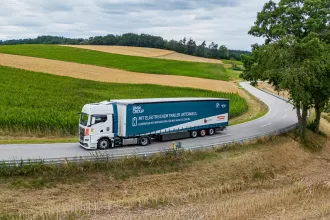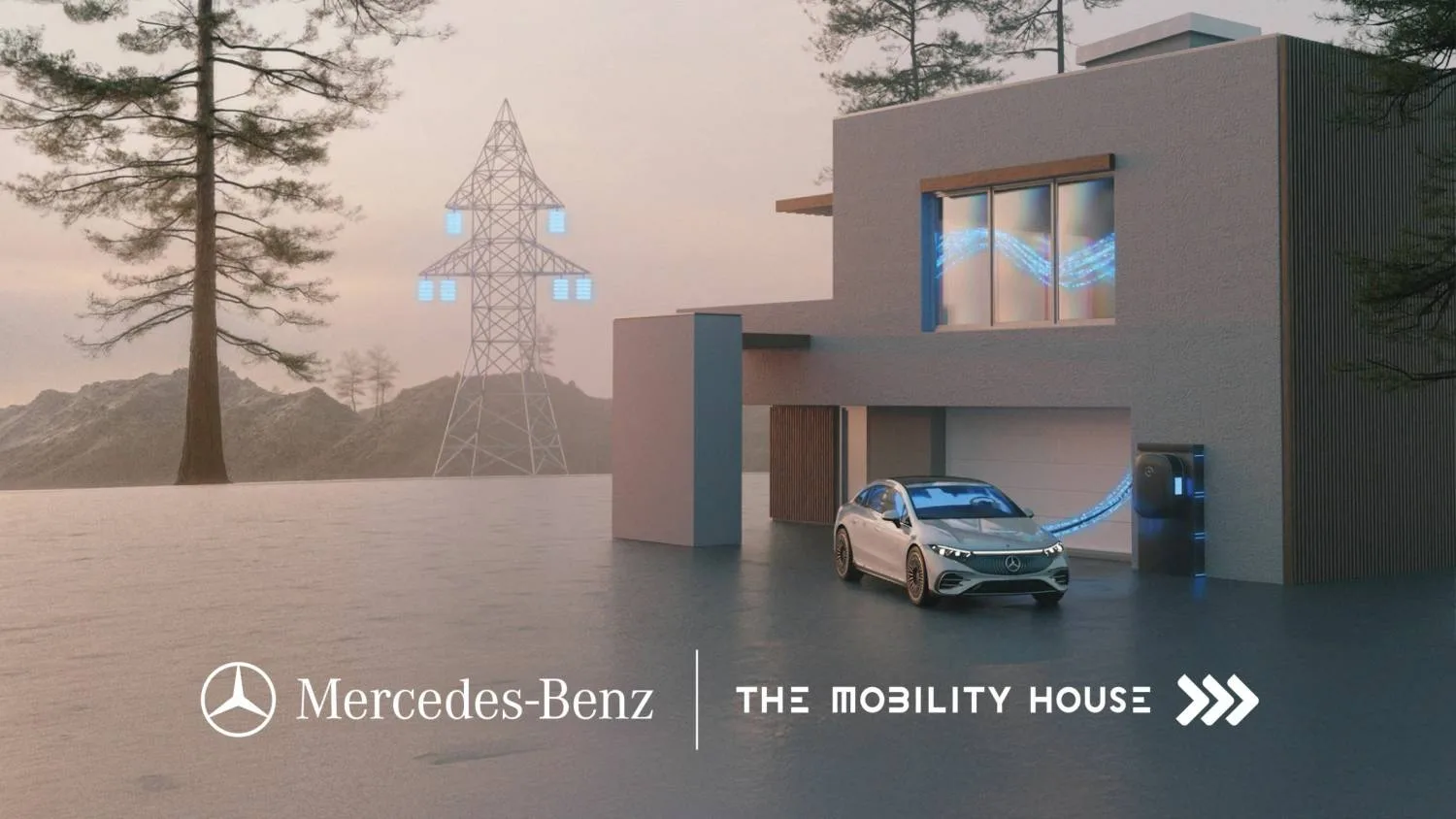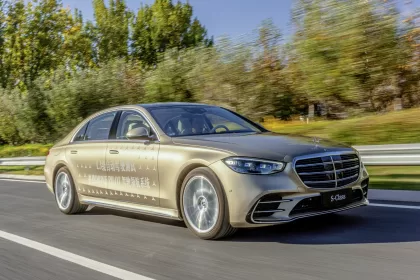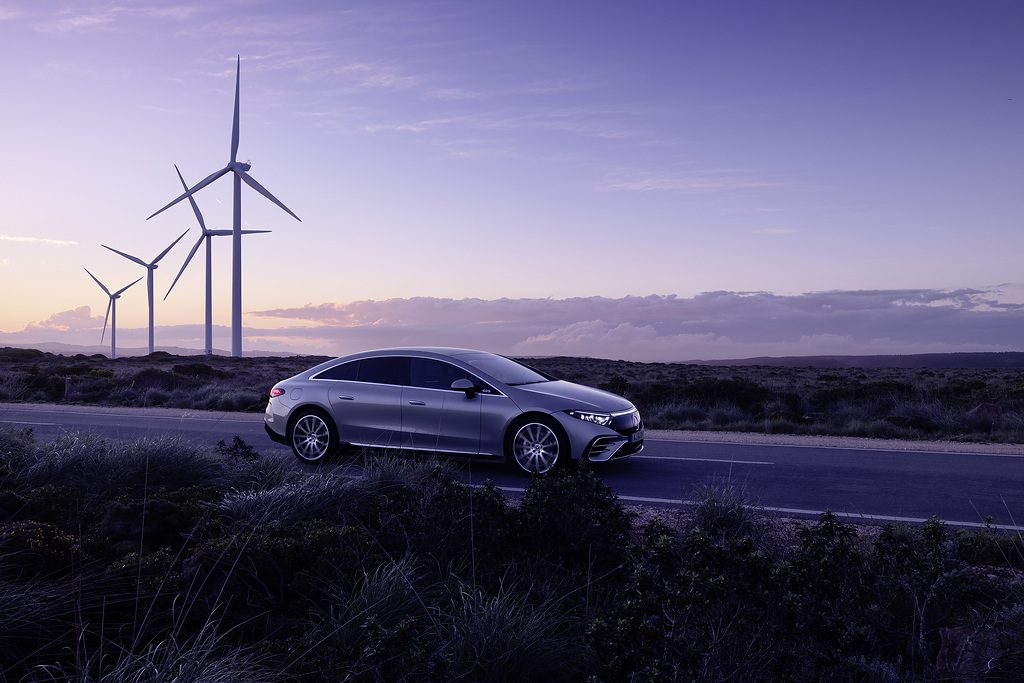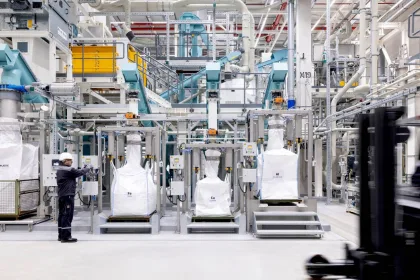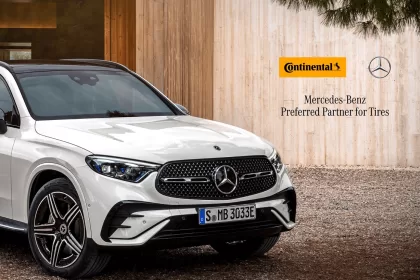- Mercedes-Benz and The Mobility House connect electric vehicles with the energy grid to support the use of renewable energy and reduce customers’ energy costs.
- The partnership includes both unidirectional and bidirectional smart charging offers for private households.
- Introduction of smart charging offers with the new generation of electric vehicles.
Mercedes-Benz and The Mobility House announce a Europe-wide cooperation for advanced Vehicle-Grid-Integration (VGI) solutions. Both companies are combining their expertise in electromobility and charging technologies to intelligently connect Mercedes-Benz electric vehicles with the energy system. The partnership includes smart charging offers for private households, providing both unidirectional (Vehicle-1-Grid/V1G) and bidirectional (Vehicle-2-Grid/V2G) solutions. V1G involves charging the vehicle intelligently and as cost-effectively as possible, while V2G allows electric vehicles to feed electricity back into the grid, achieving higher revenues for customers through energy and grid services and integrating more renewable energy into the power grid.
The Mobility House brings its core competencies in the integration, aggregation, and marketing of electric vehicle batteries in energy markets into this strategic partnership. Mercedes-Benz leverages its technological leadership in the automotive sector to offer customers a comprehensive end-to-end solution seamlessly integrated into the automaker’s charging ecosyste
Through strategic collaboration in smart charging applications, Mercedes-Benz and The Mobility House are advancing their sustainable business strategies. The joint goal is to promote sustainable mobility. Smart home charging solutions are designed to enable customers to charge renewable energy at home, thereby reducing their carbon footprint.
“At Mercedes-Benz, we firmly believe that the future is electric. This year, we will introduce outstanding new electric models and aim to set standards for an exceptionally comfortable and fully connected charging experience. Together with The Mobility House, we look forward to elevating the customer experience and the appeal of electromobility to a new level.”
Franz Reiner, Chairman of the Board of Mercedes-Benz Mobility AG
“The intelligent integration of electric vehicles into the energy system is key to a sustainable and economical mobility future. Together with Mercedes-Benz, we are bringing Vehicle-to-Grid technology from vision to reality – realizing emission-free and cost-efficient electromobility.”
Thomas Raffeiner, CEO of The Mobility House
Gradual introduction of smart charging offers
Mercedes-Benz plans the gradual introduction of smart charging offers with the new generation of electric vehicles. In an initial development stage, charging processes at the home wallbox will be intelligently controlled so that charging with green electricity occurs at the best possible time, allowing customers to save on electricity costs. The intelligent system charges whenever the wind blows or the sun shines, and thus particularly large amounts of renewable electricity are available in the energy grid, and electricity prices drop.
A central focus of the partnership is the development of infrastructure for bidirectional charging, enabling electric vehicles not only to charge but also to feed electricity back into the grid. The electric vehicle acts as an energy storage unit and becomes an integral part of the smart home system of private households as well as the entire energy grid. Bidirectional charging offers customers higher savings potential: The energy stored in electric vehicle batteries can be traded on the market through Vehicle-to-Grid technology (V2G), helping to reduce electricity costs by purchasing excess energy cheaply during peak times and feeding it back into the grid with financial advantage during increased energy demand.
Smart charging offers promote the energy transition
With smart charging offers, Mercedes-Benz and The Mobility House align two essential factors for a successful energy transition: By reducing electricity costs when charging with renewable energy, customers are motivated to actively contribute to the transformation. Additionally, energy operators can optimize green electricity distribution by using generated wind and solar power for charging electric vehicles based on load.
With a high proportion of fluctuating renewable energy production, it often happens that renewable energy production must be curtailed because the grids cannot transport the energy due to lack of capacity. An analysis by The Mobility House and Mercedes-Benz has shown that just two million bidirectionally chargeable electric vehicles in Germany could avoid almost half of the curtailments. This could reduce electricity costs in the entire power system in Germany by hundreds of millions, if the vehicles are available to support the energy market when parked and charging at home and at work. These savings would benefit all consumers in the form of lower electricity prices.
The two companies have a long history of collaboration and have been working together in the field of stationary energy storage units since 2016. As part of the joint venture Enbase Power GmbH, they have brought one of the largest second-life battery storage units online and are operating it successfully.

